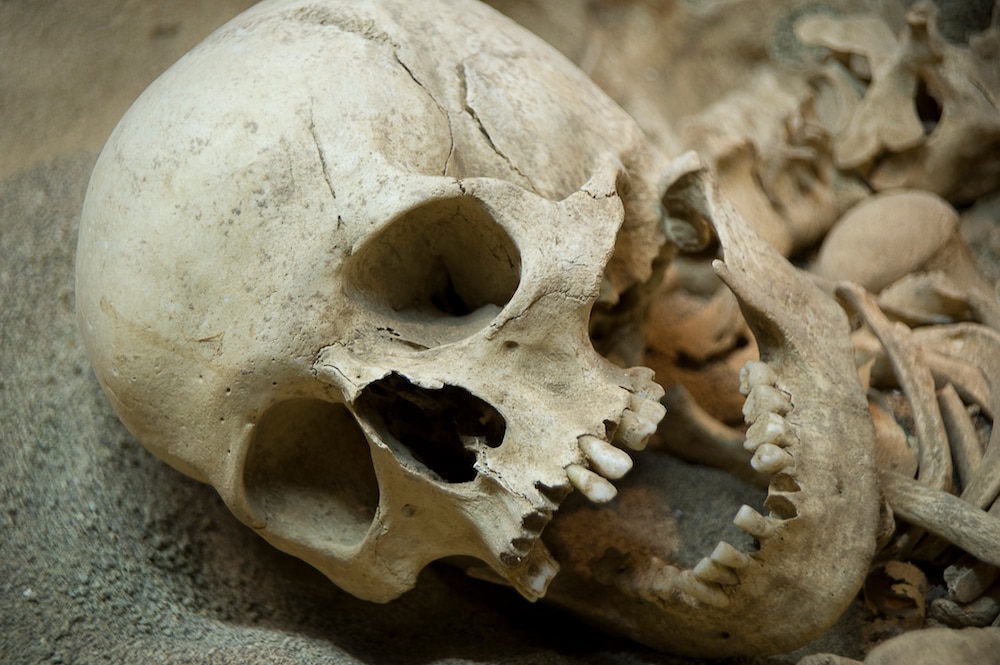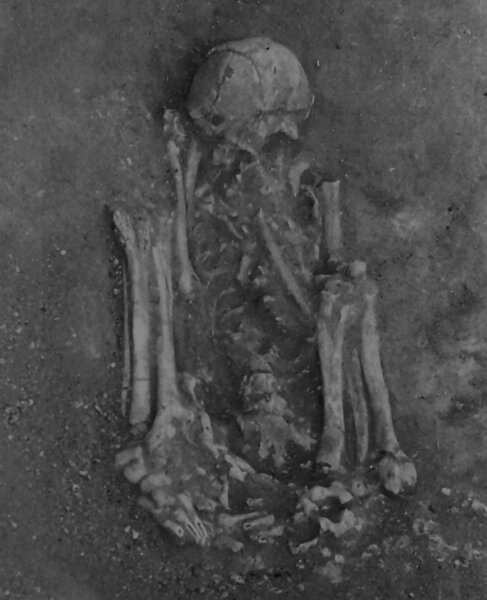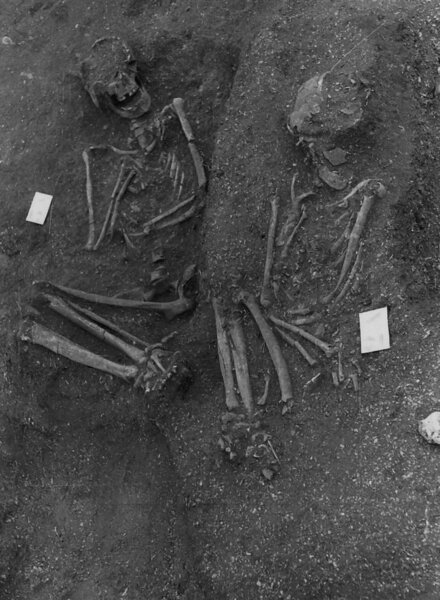Create a free profile to get unlimited access to exclusive videos, sweepstakes, and more!
Mummies from Stone Age Europe tell more about the afterlife of prehistoric people
The dead speak to us from 8,000 years ago.

When you think of mummies, ancient Egypt probably comes to mind, but there are some that are an echo of peoples from much further in the past.
Egyptians would eventually develop one of the most sophisticated mummification techniques of the ancient world. However, thousands of years before them were the Chinchorro of what is now Chile, who preserved their dead as far back as 7,000 years ago. But even older mummies have now been found somewhere unexpected. The remains of bodies that were definitely mummified in some way have now surfaced in Europe, going back 8,000 years.
Prehistoric mummies are apparently more common than previously thought. Mesolithic bones that were buried by the hunter-gatherers who once lived in Portugal’s Sado Valley have now been determined to be the relics of mummified bodies. This is an unprecedented find. Archaeologists Liv Nilsson Stutz of Linnaeus University and Rita Peyroteo-Stjerna of Uppsala University in Sweden, who recently coauthored a study published in the European Journal of Archaeology, saw what set these mummies apart.
“The burials we interpret as mummified are very tightly flexed and thus stand out from the rest,” they told SYFY WIRE. “The reasons for this could be many, but we are thinking that with this extreme flexion could be linked to the transportation of the dead to their final burial place.”
The reasons behind mummification go beyond a funeral procession. Nilsson Stutz and her research team see cultural and symbolic significance in the practice, just like there was for the ancient Egyptians and other civilizations who had reason to believe that the body needed to live on somehow after death. Exactly what significance mummifying a body had to these Mesolithic people can only be imagined. It could have been for making sure wandering souls had somewhere to return, or giving the soul a tangible body it could actually use in the afterlife.
Finding out which bones were from mummified bodies involved archaeothanatology, which is a way to analyze what happened to the human body after death using knowledge of how the body undergoes decomposition with observations of how the bones are positioned in the grave. Skeletons will usually disarticulate at weak joints (like the feet). Those with hyperflexed limbs remained articulated, with sediment having accumulated around the bones but not between them, which suggests that the body was desiccated before burial and not as vulnerable to the ravages of millennia.
“It is important to understand that mummification is a long process of tending to and transforming the body from cadaver to mummy — a process that would have meant that the people engaged intensely with the body with the purpose of preserving it,” Nilsson Stutz and Peyroteo-Stjerna said.
How exactly the bodies were mummified is still a mystery. There are no remaining soft tissues to evidence what happened to the flesh after death, but it is doubtful they were lavished in resins and wrappings. Whether or not they were eviscerated to further prevent decay is also unknown. While these mummies might not have had the royal treatment of Egyptian pharaohs, there is the possibility of a mummification process that involved gradual desiccation and manipulation of the body, which could explain how its shape held up for thousands of years.
Mummification is the latest funerary practice to be added to what is known about how Mesolithic Europeans interacted with their dead. Sometimes, they were buried immediately. Cremation was also practiced. There were bones that were dug up again by the living, almost as if to have their ancestors among them, and parts of the body that were buried in different places (though whether that happened before or after skeletonization can be unsure). The burial places these hunter-gatherers chose may also have significance in someone’s final journey to the beyond.
“Burial places could have constituted culturally important areas where groups could congregate, maybe to carry out rituals or connect with others,” said the researchers. “If these places were culturally meaningful in this way, it could have been symbolically important to be buried there.”




























